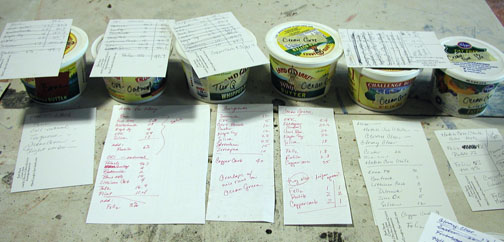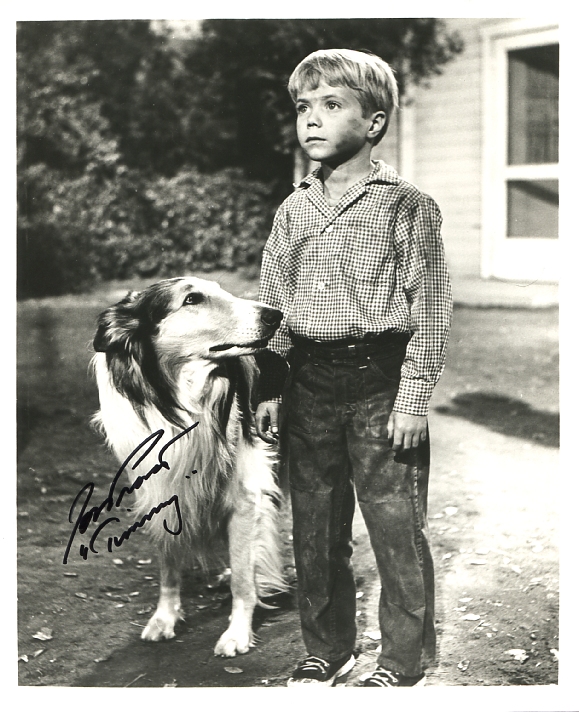find a hammer…quick!
This week I’ve been glazing in preparation for firing. My desire is always to have a full kiln load. For every firing. However, I have some commissioned pieces that need to be finished up. So, I’ve been doing my best to glaze all the rainy day projects (read: glaze tests).

With tests completed, I began contemplating a small-ish tile that didn’t get glazed in time for the studio tour in February. It’s been a struggle.
I’ll probably get some grief from my students for this next statement but, I don’t have a plan. Well, wait. I think there was a plan when the image was originally drawn. But, now it escapes me (nothing new).
I’m pretty sure the less-than-stellar composition had much to do with my decision to not finish the piece. I’ve been researching and working the image over in my sketchbook without much progress. Still, I have decided I want to rescue this piece.
No. NO! I take that back!
I want to redeem this piece.

There is a difference. They’re not interchangeable – at least not in my world (which I’ve been told might be a nice place to visit). Rescue seems to imply a snatching up, like when little Timmy has fallen in the well or that solitary doughnut left to rattle about in the box with a few stray sprinkles. A recovery by force. Whereas, redemption speaks more to getting something back, like S&H Green Stamps or frequent flier miles.
 In ceramics, a clearer distinction can be made. For example, students often try to rescue poorly executed work through the process of re-firing. There are several driving forces behind such an attempt. For the novice ceramic student, there tends to be an emotional attachment to the piece, “I made this thing”. It’s not as if it’s the only thing they’ll ever make, there’s an entire semester ahead. But, it survived thus far…and that may be a first.
In ceramics, a clearer distinction can be made. For example, students often try to rescue poorly executed work through the process of re-firing. There are several driving forces behind such an attempt. For the novice ceramic student, there tends to be an emotional attachment to the piece, “I made this thing”. It’s not as if it’s the only thing they’ll ever make, there’s an entire semester ahead. But, it survived thus far…and that may be a first.
Sometimes rescue plans are executed because of a time commitment, “This took forever to make”. (really? forever?) That thought creates a vicious cycle, particularly if the rescue attempt(s) fail. More time spent and the piece still slurps.
The most frequent justification to launch a rescue effort is due to unspecified expectations, “That’s not how I thought it would look. I was hoping it would be…well, you know, nice”. (hmmmm…just…nice) Instead, we have a piece worthy of the shard pile.
Rescuing the ugly generally involves re-glazing and re-firing the piece. The process is problematic; multiplying the disappointment every time the kiln is unloaded. Yup, just keep covering the work with frail layers of increasingly darker glazes until the failed attachment/commitment/expectations are sufficiently masked. In the end, you still have ugly. Save yourself. Find a hammer…quick.

Rarely. Almost never. No, I pretty much never re-fire a piece without previous intent. Meaning, unless I planned to fire again for the addition of a lower temperature surface application, I don’t re-fire. I have put projects on hold; waiting to glaze because I second guessed an original idea. Back to the sketchbook and/or glaze tests to create a renewed approach. If I do my homework, I get something back.
Redemption isn’t about my attachment, time served or expectations. One more layer of cobalt blue over the ugly pot is just another failed rescue attempt (and now, it’s an ugly blue pot). Redeeming a work sets me up to create new compositional strategies from a point at which my plan still has options.
·
Tweet